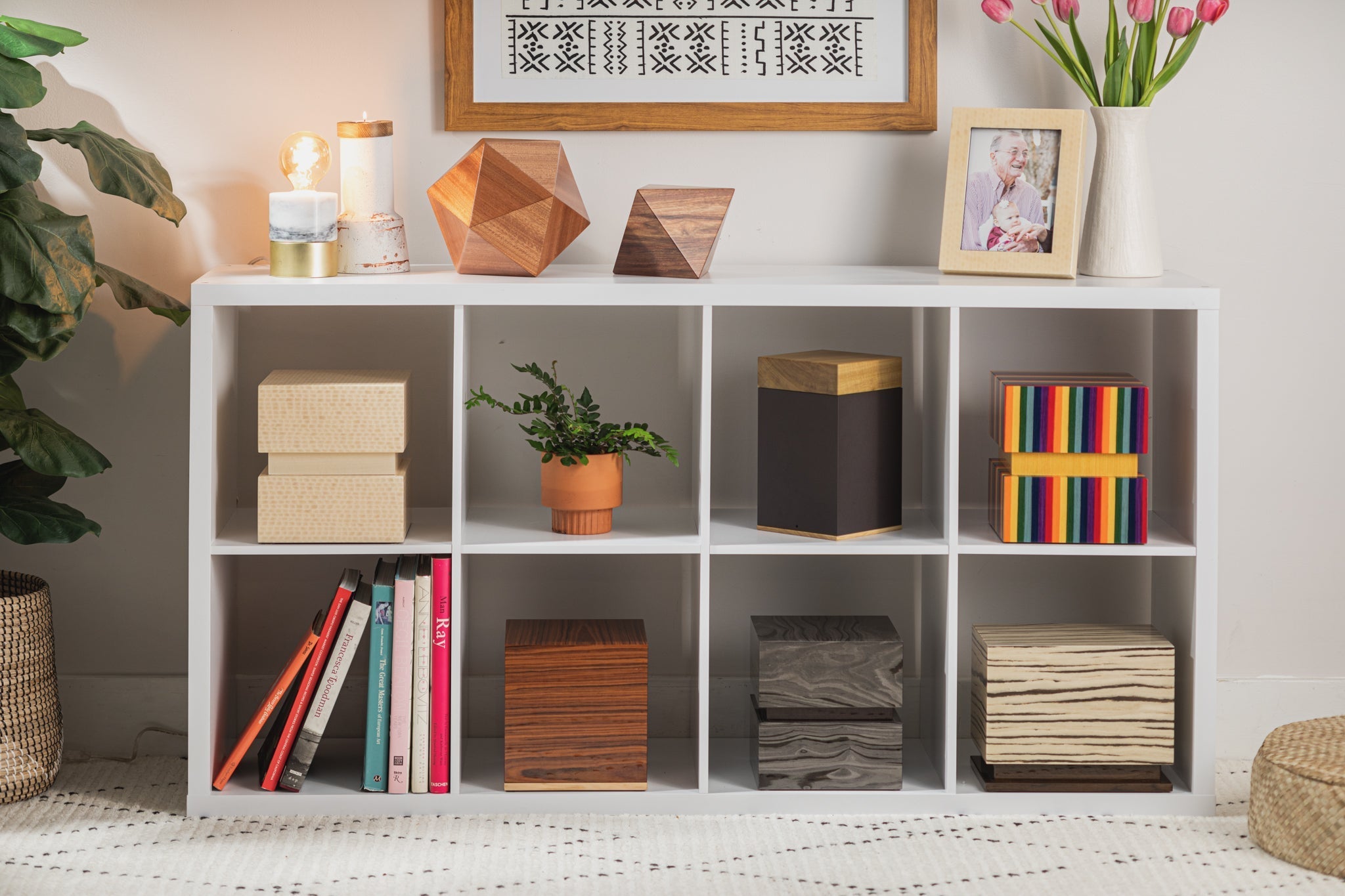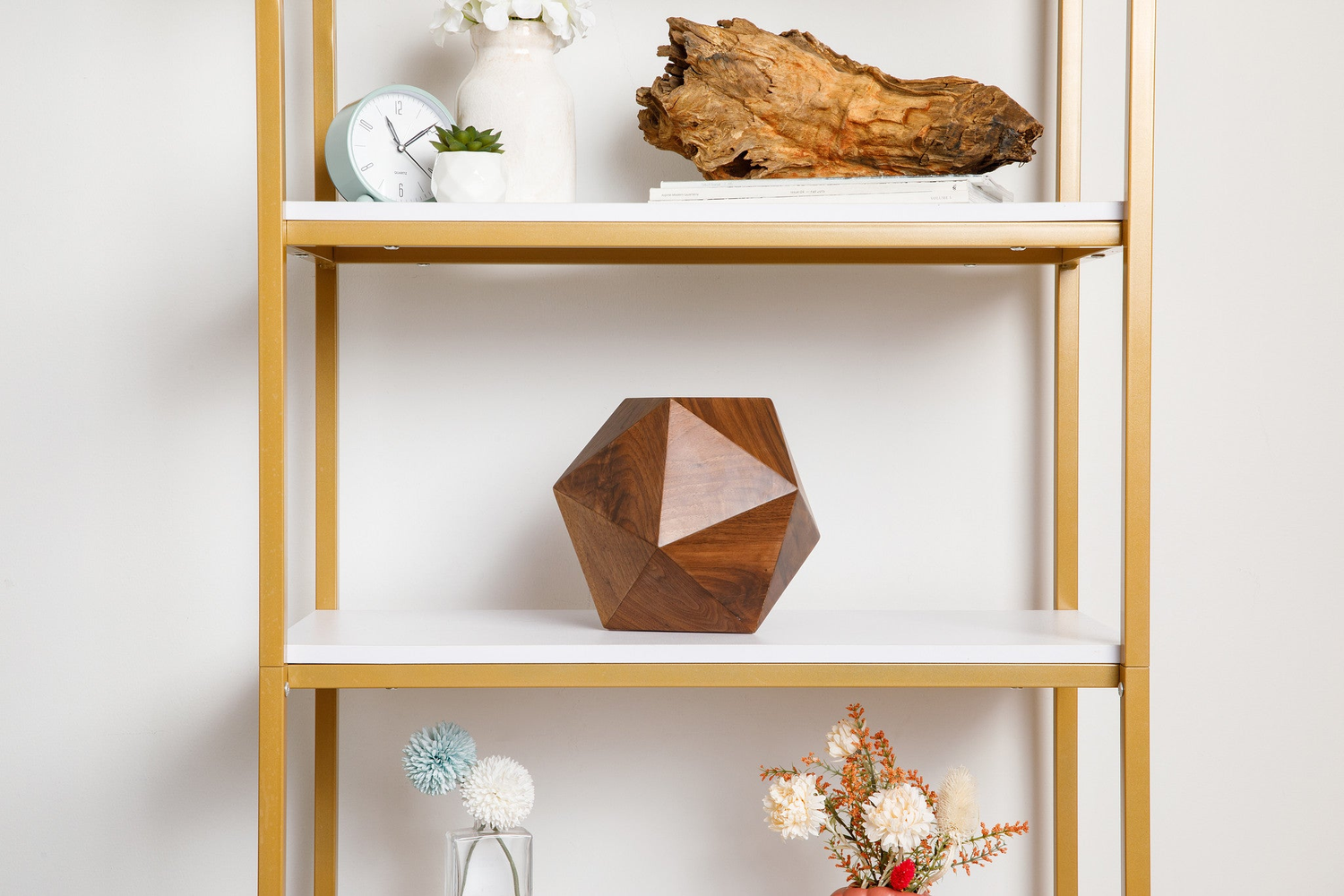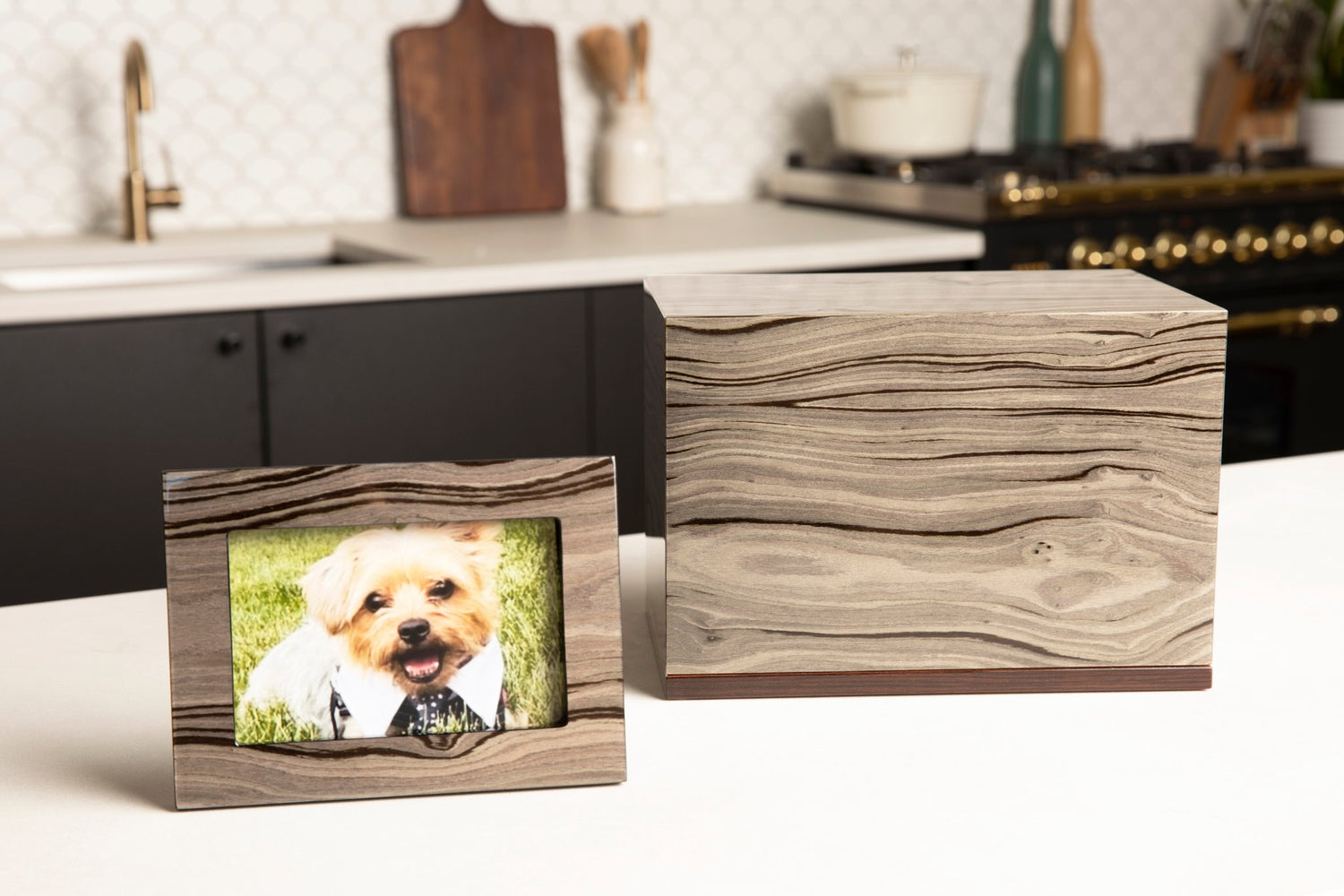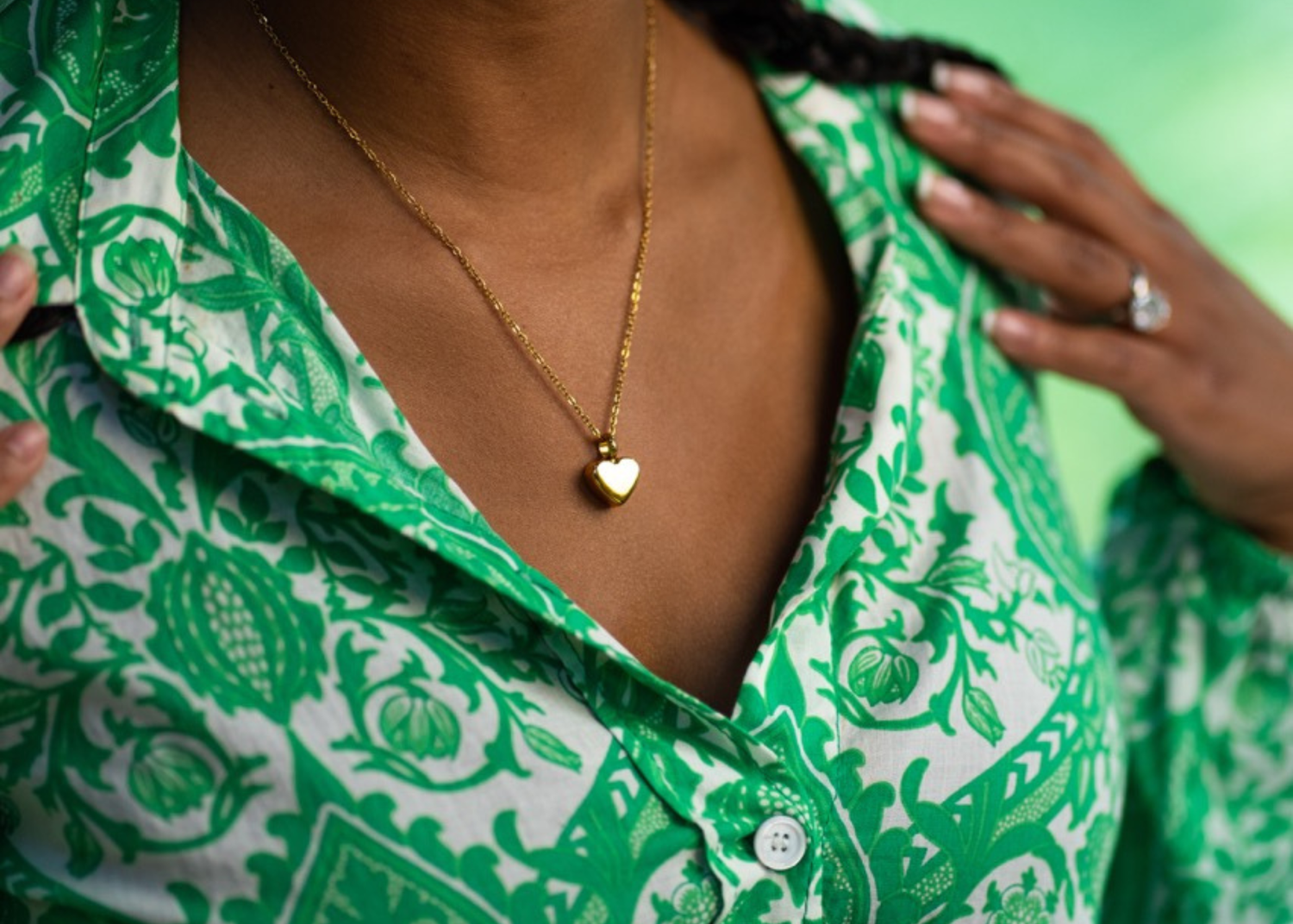How Cremation Urns Have Changed Over Time
Not many things in this life are certain. But one thing is for sure—at some point in our lives, we will pass away. Death isn't a modern concept, and it's been a part of life since the beginning of time. Humans have celebrated the dead and honored their passing for millennia with varying methods and rituals.
Some cultures lay the bodies in the ground, others practice mummification, and sea-faring cultures often use boats as funeral pyres. One of the most common and enduring methods is cremation, where the body is reduced to ashes through fire. These ashes are stored in urns, which are a symbol of remembrance and respect for the departed.
But where did urns come from, and how have they evolved over time? Today, we'll delve into the history of these vessels and examine their transformation through the ages.
What is an urn?
Before diving into history, let's establish what we mean by the word urn. In its simplest form, an urn for ashes is a container used to hold the cremated remains of a person or pet. It serves as a memorial piece and can be displayed in a place of honor in the home or buried in a cemetery plot.
While they were once primarily made out of clay, the modern urn comes in various materials, including wood, marble, and ceramic. They also come in all shapes and sizes, from small keepsake urns meant to hold a portion of the ashes to large urns that can hold multiple remains.
For the purpose of this article, any container used for holding ashes will be considered an urn, so don't necessarily picture a vase-like vessel when reading on.
The origins of urns
In order to discover the origins of the urn, we must go back to ancient civilizations. More specifically, we travel back 5000-7000 before the common era to a Jihau settlement in present-day China. Thirty-two urns were uncovered there, with 700 more individual urns discovered in the surrounding area. The size and shape of these urns were quite small, suggesting they were used for children's ashes.
But it wasn't just China that utilized urns in ancient times. Fast forward a few hundred years later, and we find similar urns in Europe, particularly in Slavic cultures. Archeologists have found plenty of artifacts suggesting that cremation was a popular practice in Slavic cultures, such as clay urns. Of course, these rudimentary urns were not as decorative or intricate as the ones we see today.
The Urnfield Culture
The Bronze Age (1300-700 BCE) saw the rise of a significant group known as the Urnfield culture, named after their burial practices. This group left behind thousands of urns throughout Europe, and evidence suggests they were buried with goods and objects meant for use in the afterlife. If there was any doubt about the purpose of urns, this solidified them as vessels for ashes.
We discovered burial sites in Central Europe, in countries that would eventually become France, Germany, and Austria, with many clay urns containing cremated remains. These urns were often decorated with symbols or intricate carvings. There was also a hierarchical element to the burials, as some urns were placed in large burial mounds while others were simply placed in the ground.
Ancient Greece
The rule of the Greeks (800-300 BCE) ushered in a new era for urns. The urns are some of the most beautifully crafted in history, decorated with scenes from Greek mythology. They also evolved in shape, becoming more elegant and slender. Some of the most well-known urns from ancient Greece were discovered in burial sites, also called necropoleis.
A necropolis is a large cemetery, many of which have since been excavated. One particularly famous necropolis was discovered in the ancient city of Kerameikoi, where well-preserved urns were found.
The Roman Empire
As a battle-driven culture, it's not too surprising that Romans often favored cremation over burial. But they also had a unique way of honoring their deceased loved ones. Families would store the urns in collective tombs, called a columbarium, with the ashes often placed in niches or small cubbies.
This practice was popular among upper-class families who could afford such display space for their deceased. The columbarium would often have inscriptions and carvings, making them not just a place for remembrance but also a work of art.
Note that across the Atlantic Ocean, Indigenous cultures in the Americas also had urns for holding cremated remains.
The Arrival of Christianity
The arrival of Jesus and the spread of Christianity brought about a shift in burial practices, particularly being buried whole rather than cremated and placed in urns.
Many European countries enacted laws prohibiting cremation, and it would take centuries for urns to become a popular choice again.
Shortly after, Muslim conquerors brought their own burial customs to Europe, and urns were not part of those traditions either. Even today, the big three monotheistic religions, Judaism, Christianity, and Islam, all favor burial over cremation.
Modern Times
But despite the religious beliefs of these major world religions, urns saw a resurgence during the 19th century thanks to science. In 1873, an Italian doctor named Brunetti invented the machine capable of speeding up the cremation process, making it a more feasible option for the general public. It even became worth it to cremate our four-legged friends. Pet urns have steadily been rising in popularity since.
As cremation became more common, so did urns. The number of crematoriums increased, creating a demand for urns. And with that, there was also a rise in innovation and creativity in urn design. Now there are countless options available, from traditional to modern, made of various materials like wood, steel, or even biodegradable materials.
Keep the story going with Oaktree
Oaktree Memorials offers a wide selection of urns for every budget and style. Our modern designs range from sleek and minimalist to unique and artistic. With sturdy materials like wood and marble, these urns are made to last. Who knows? Maybe archeologists of the future will uncover one of our urns and marvel at its design.
But beyond aesthetics, we also offer urns that serve a purpose, such as cremation jewelry or functional urns. For example, we have flower pots and candle holders that can also be used as urns, allowing you to keep your loved one close while also honoring their memory in a functional way.
No matter what you're looking for, Oaktree Memorials has the perfect cremation urn for honoring and remembering your loved one. Visit our website to browse our selection and find the right urn for your family.








